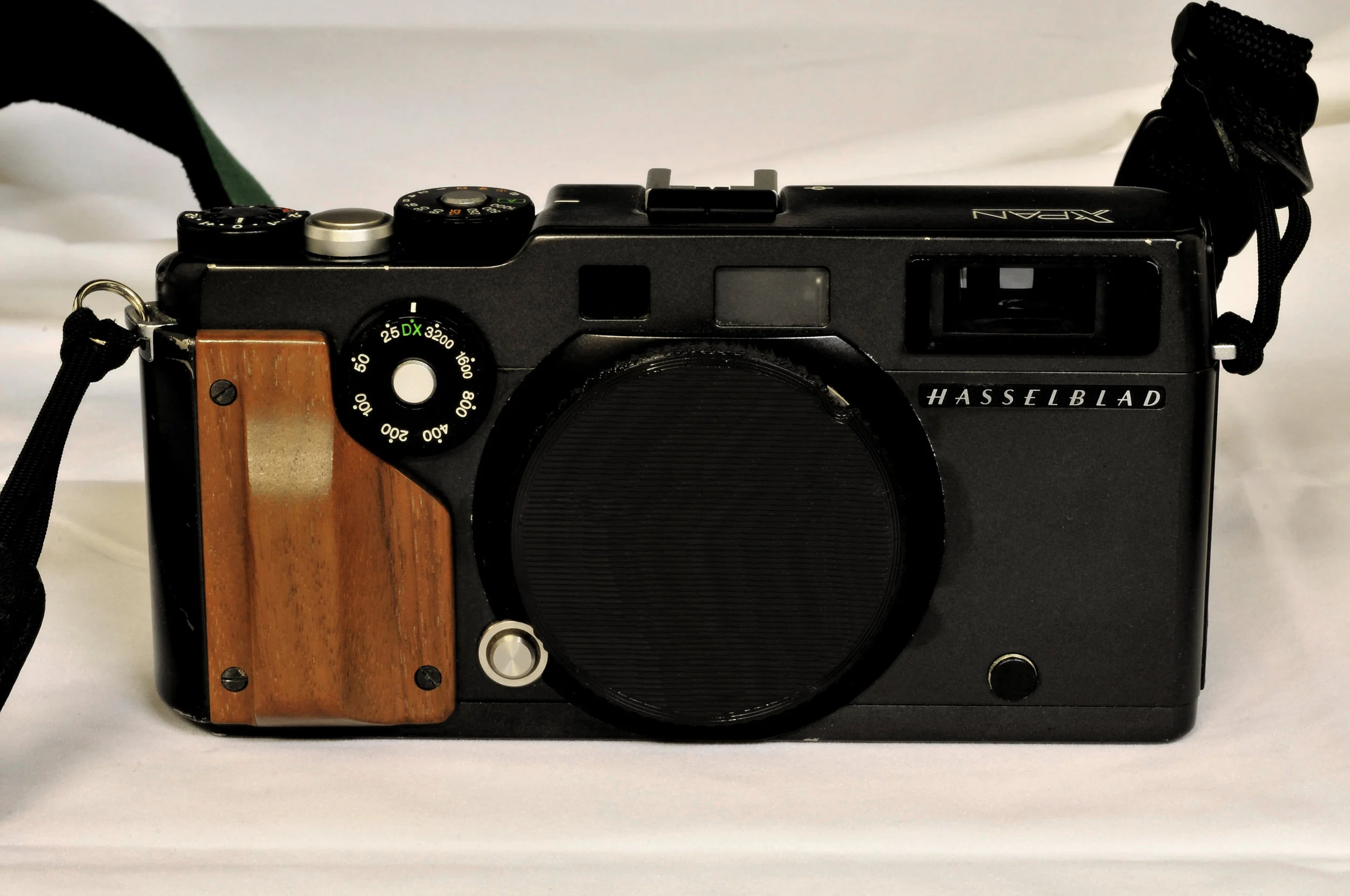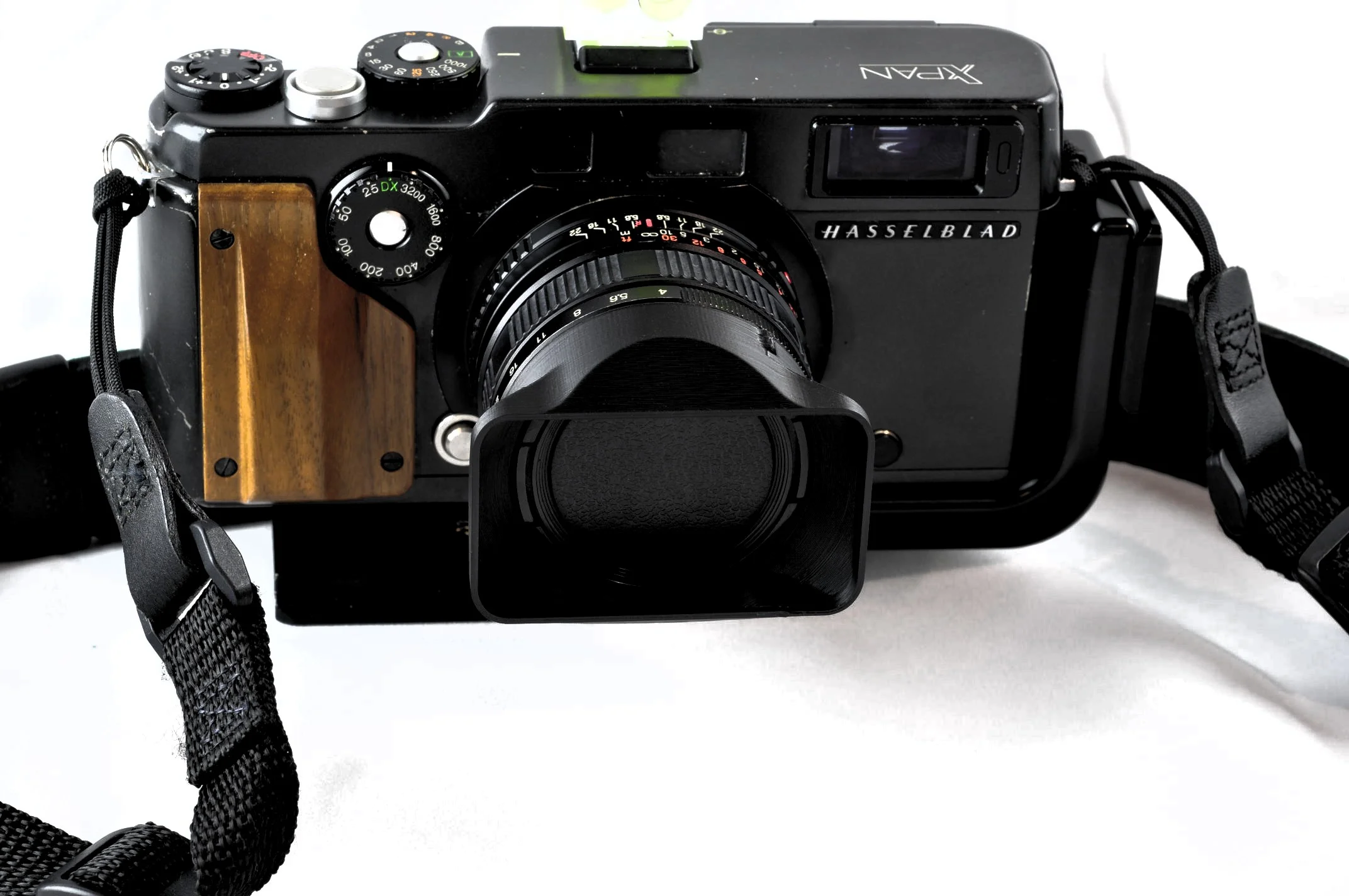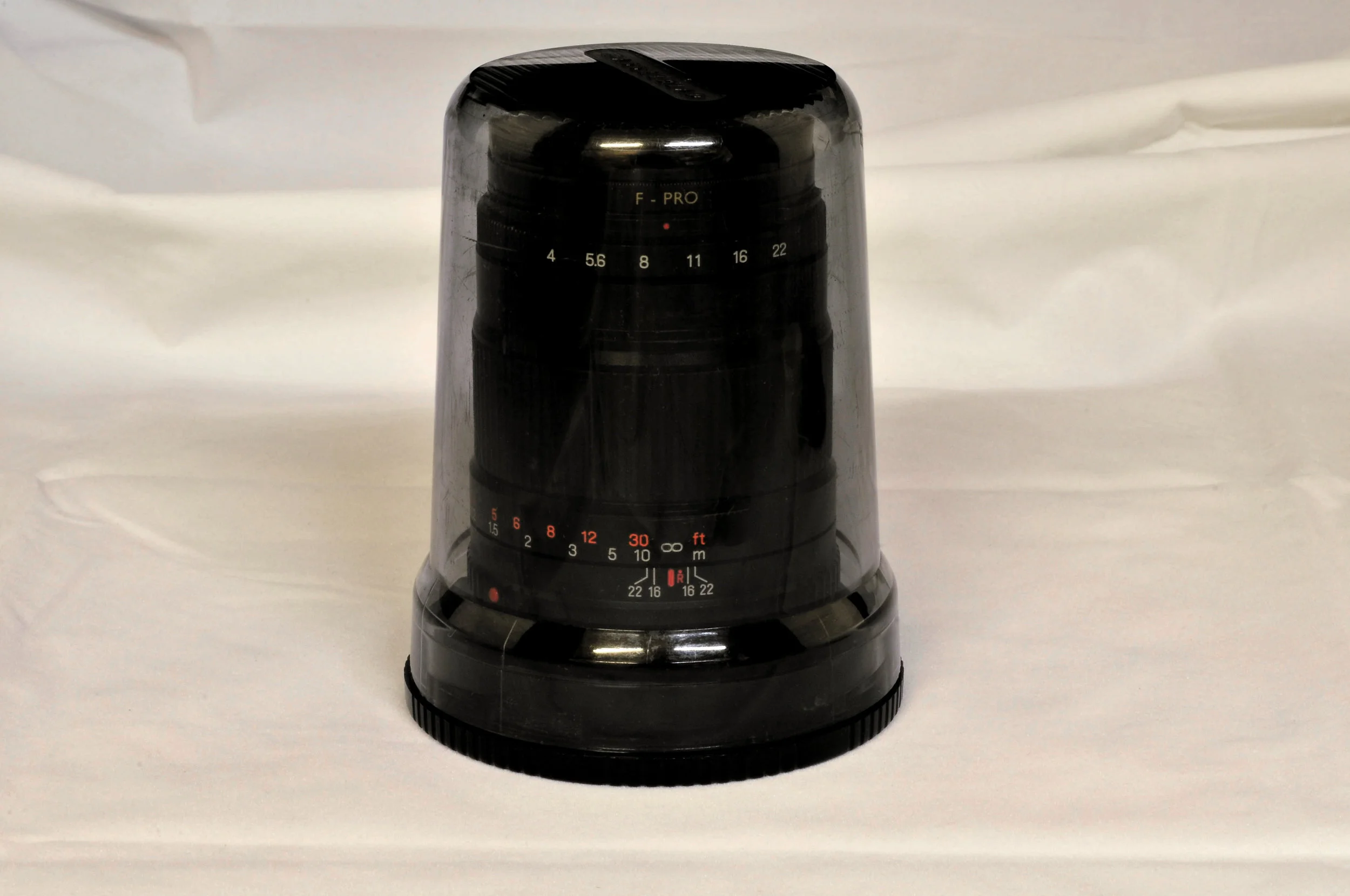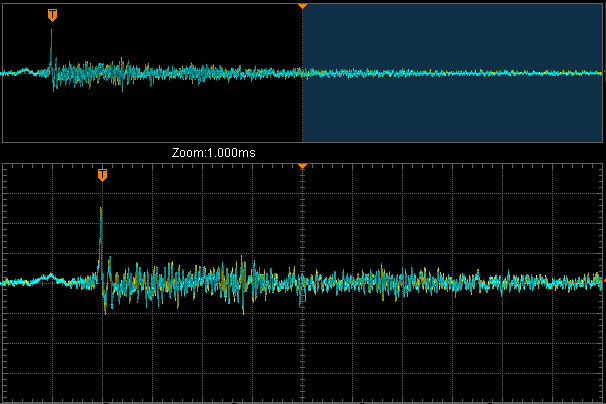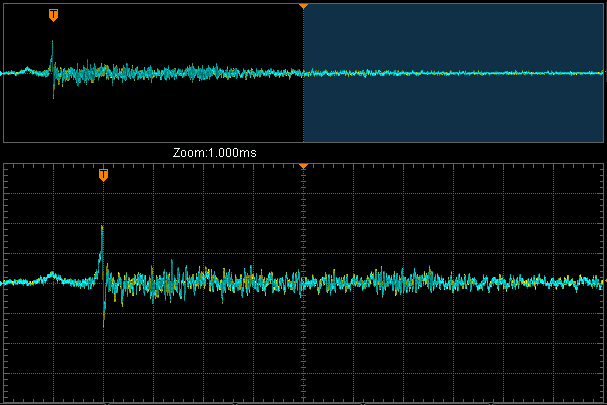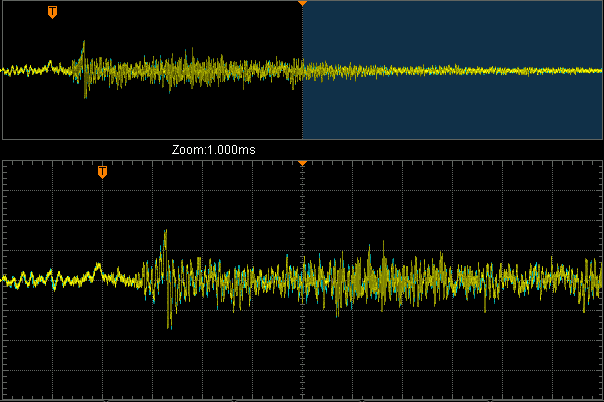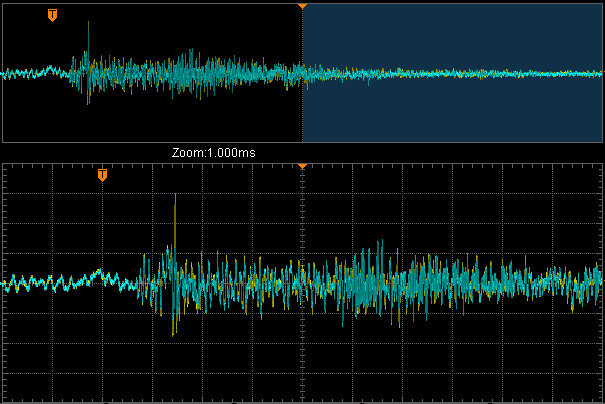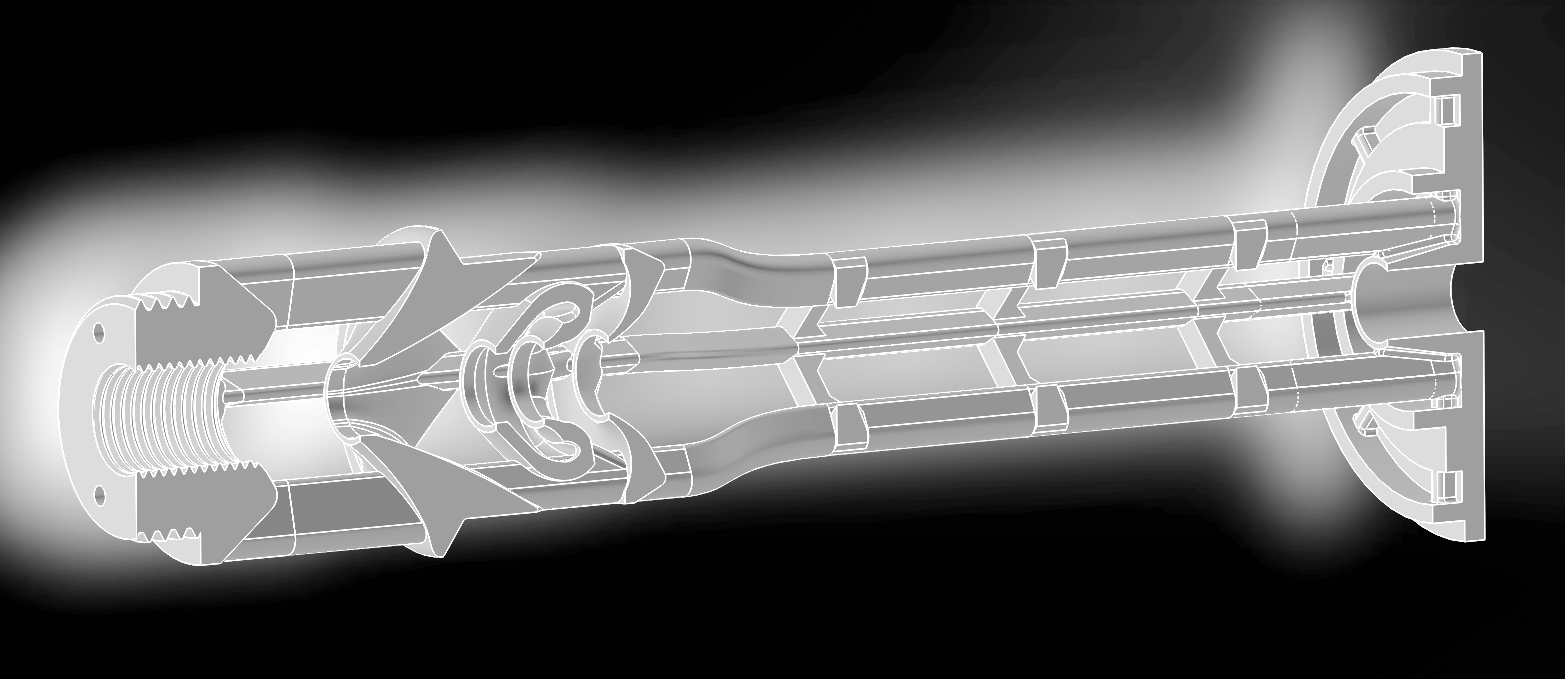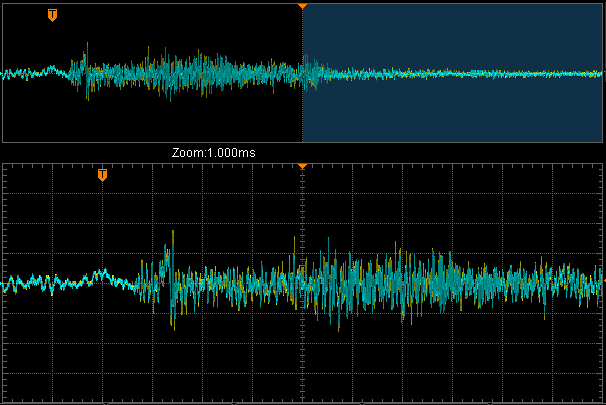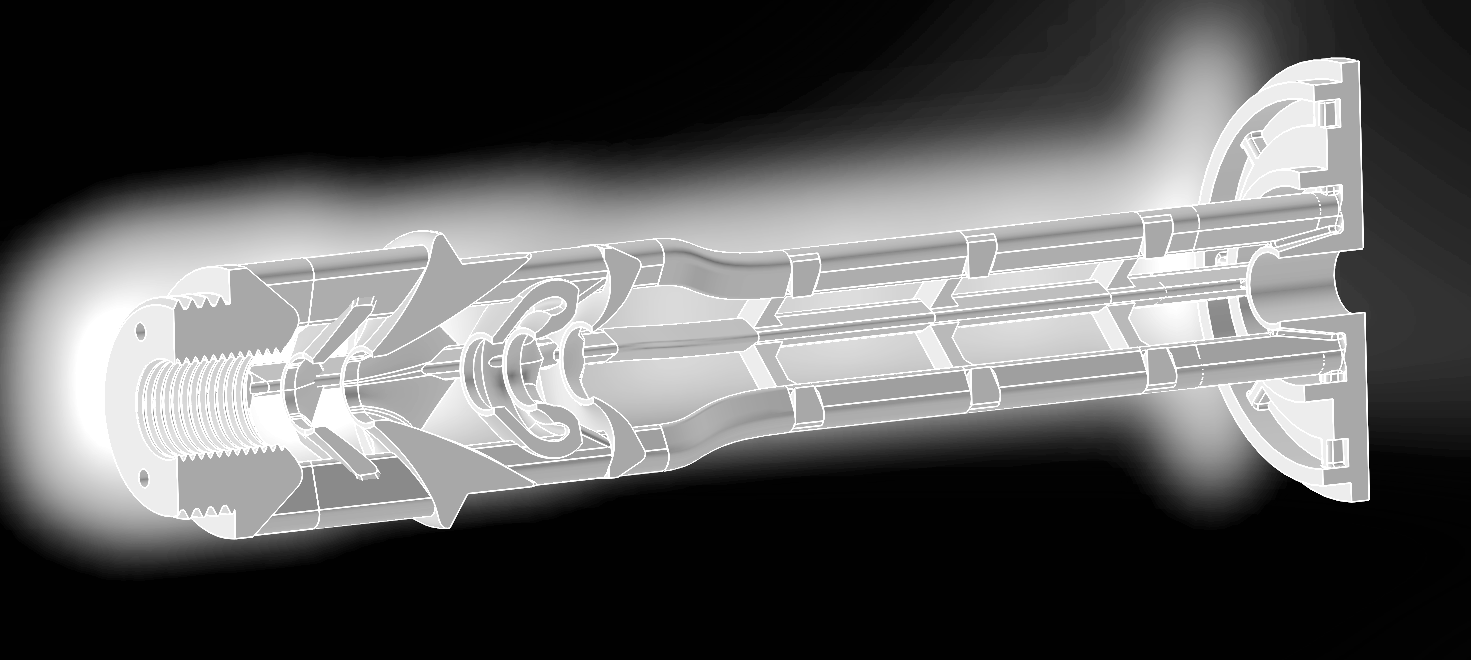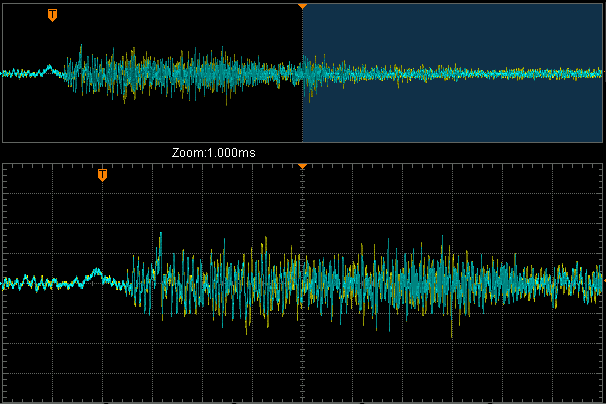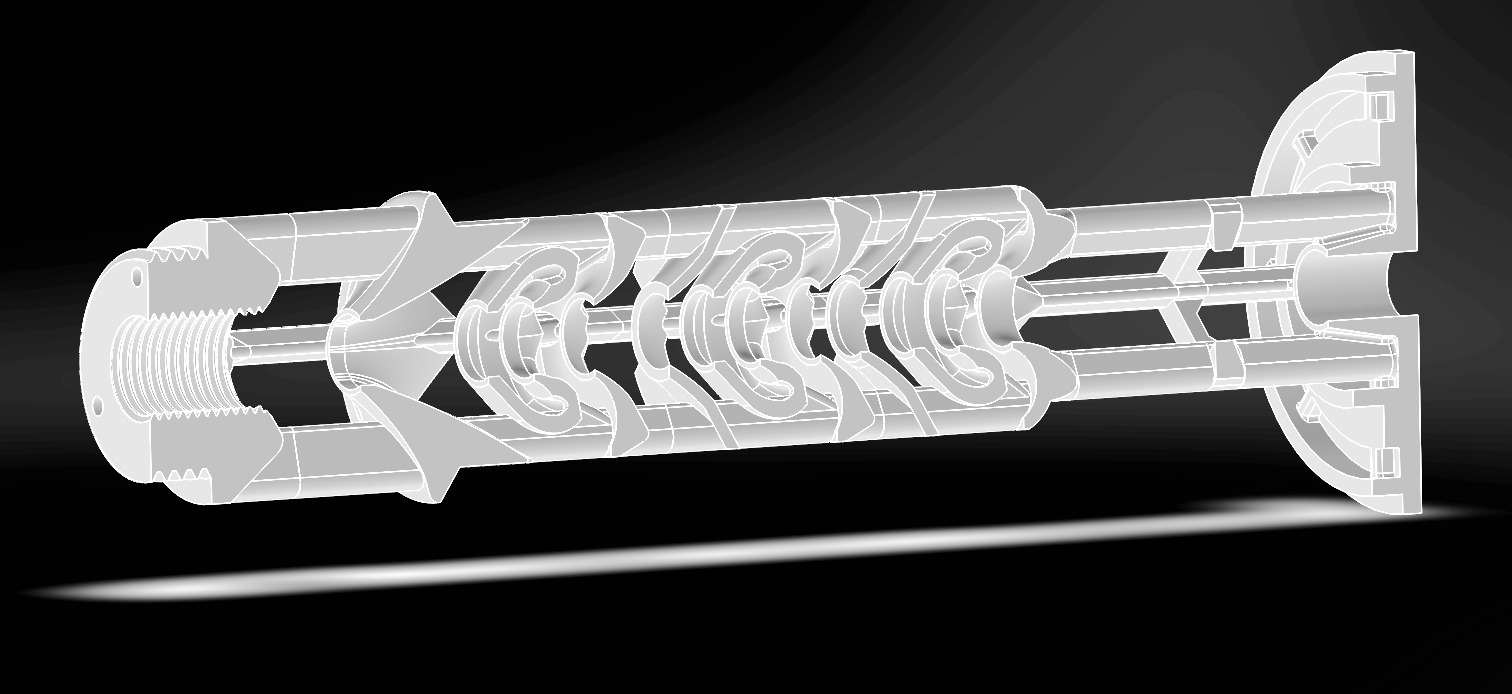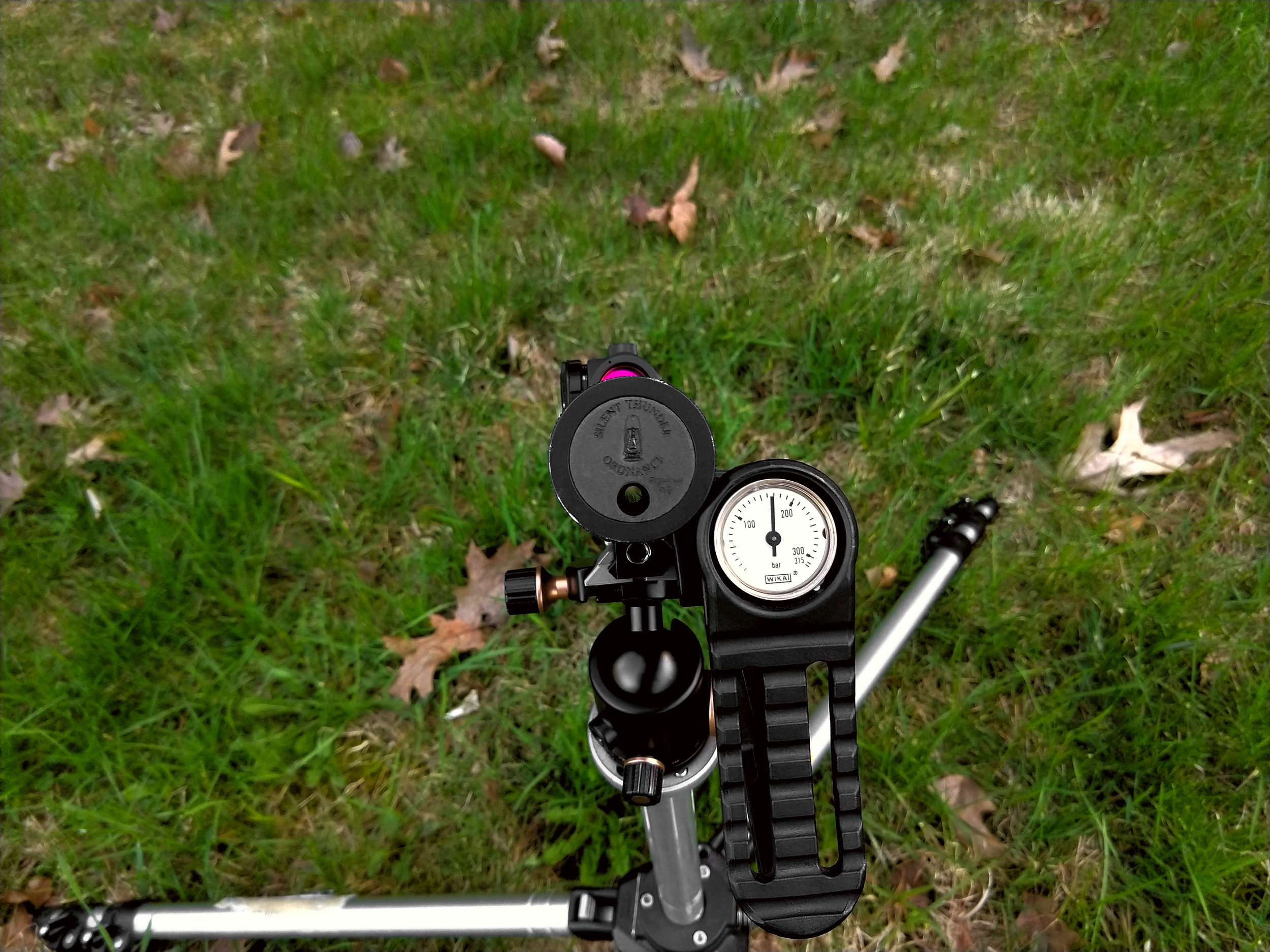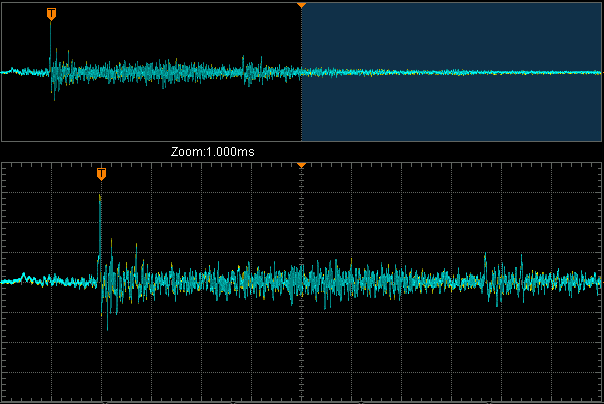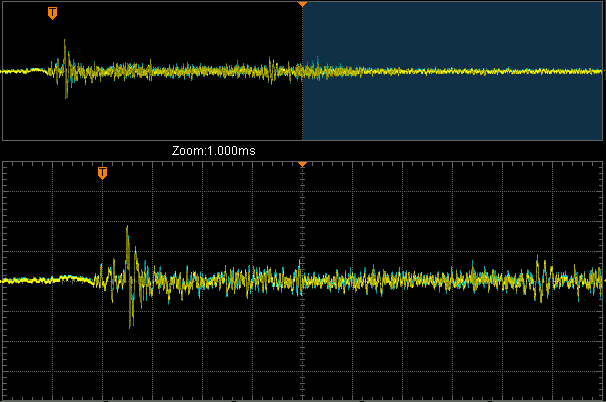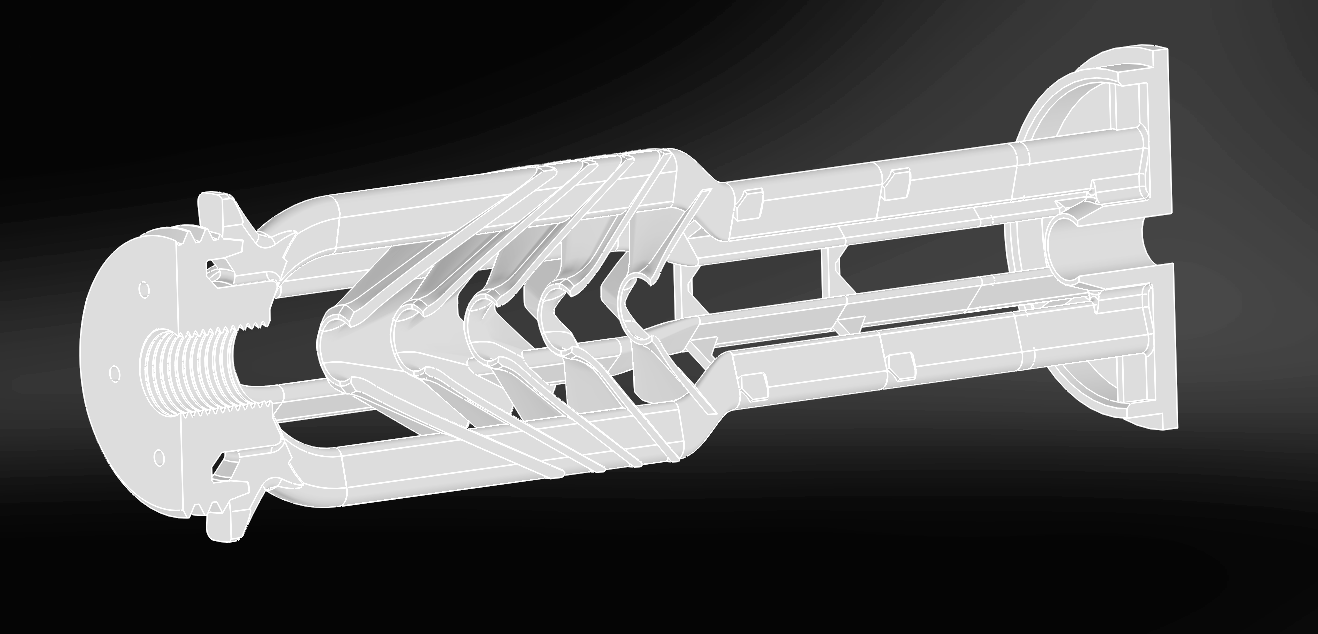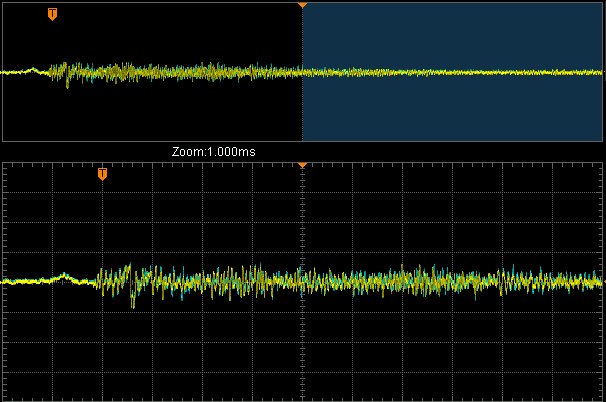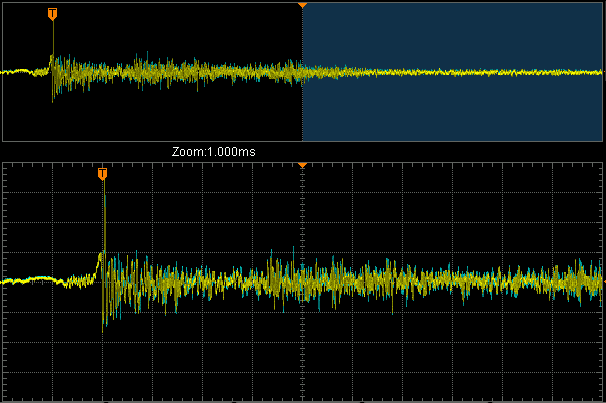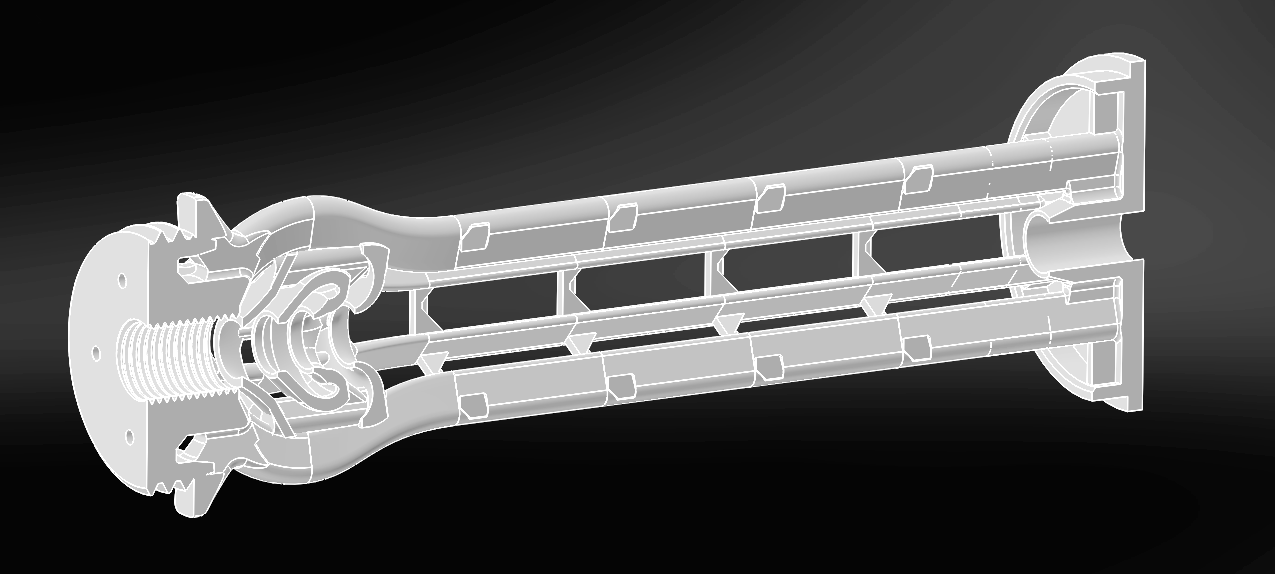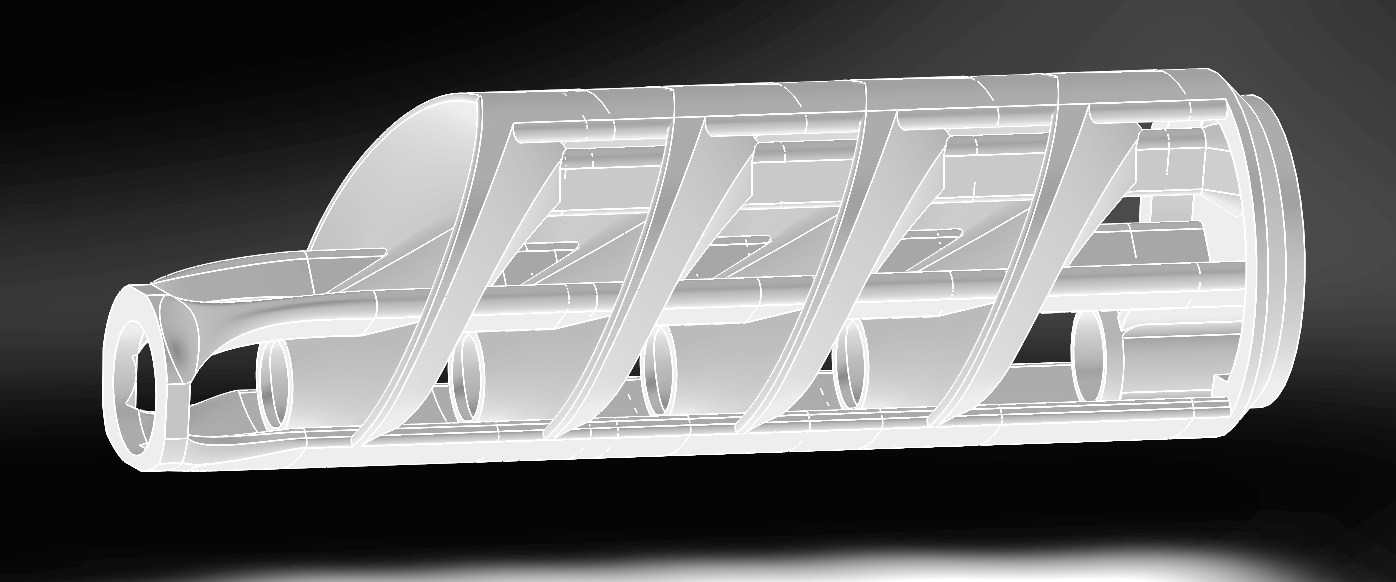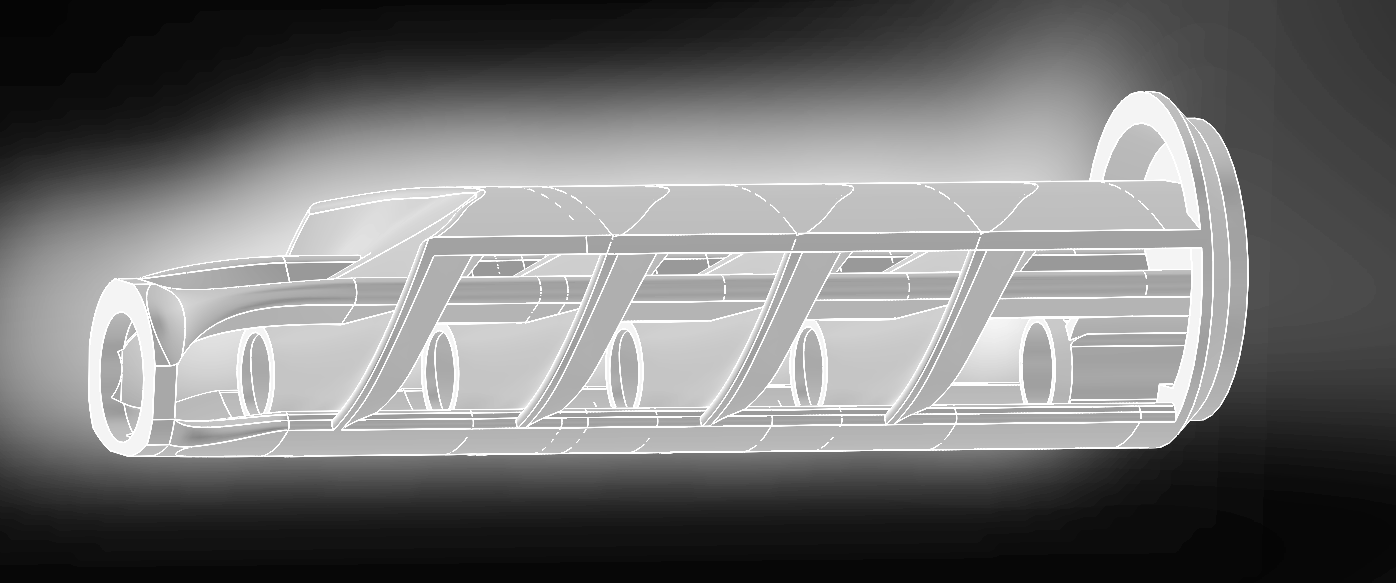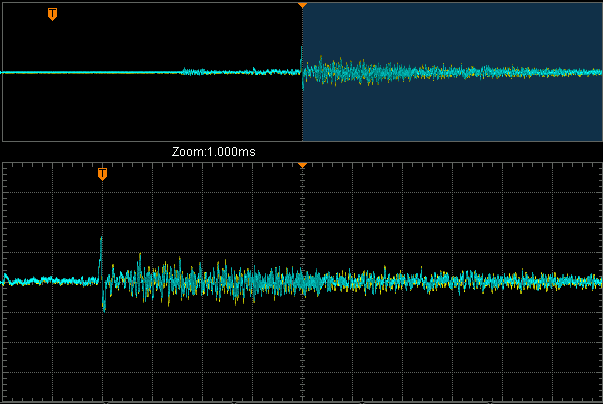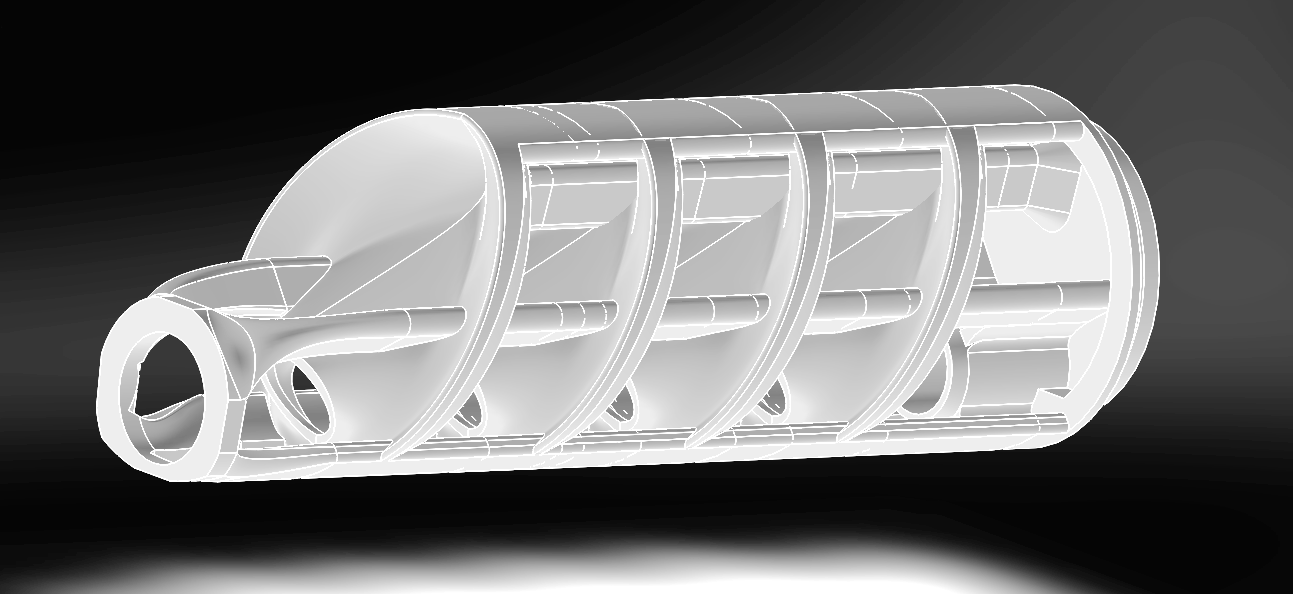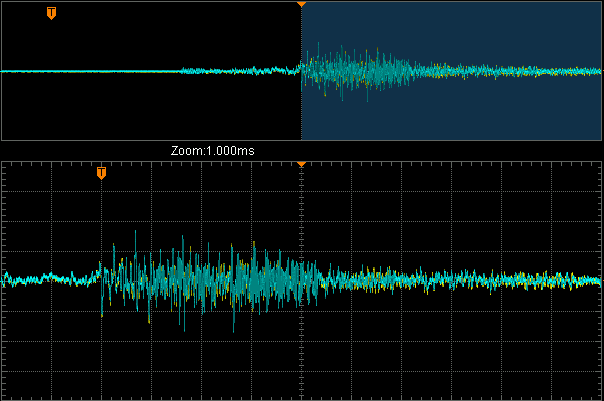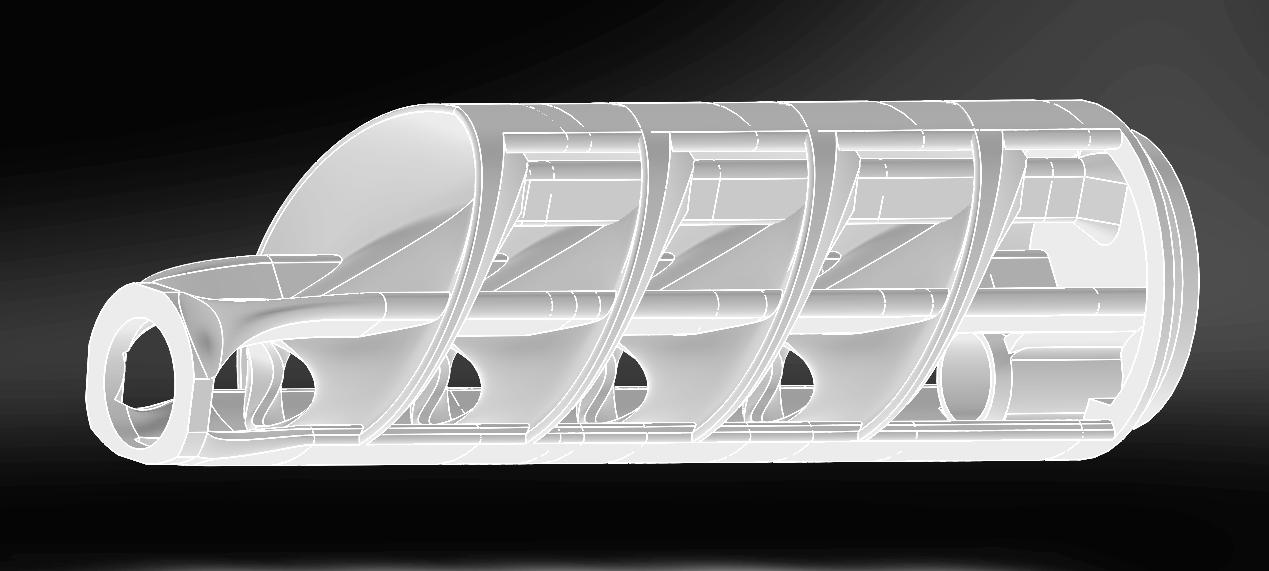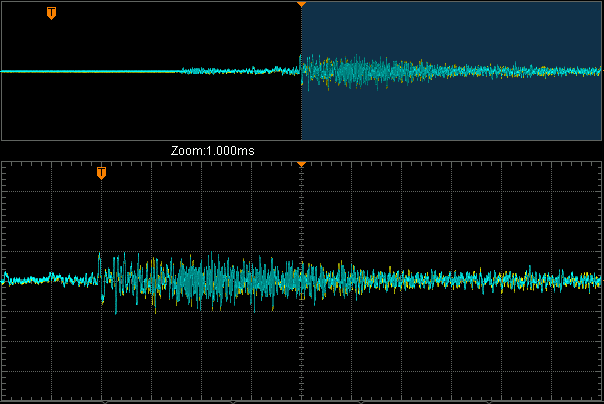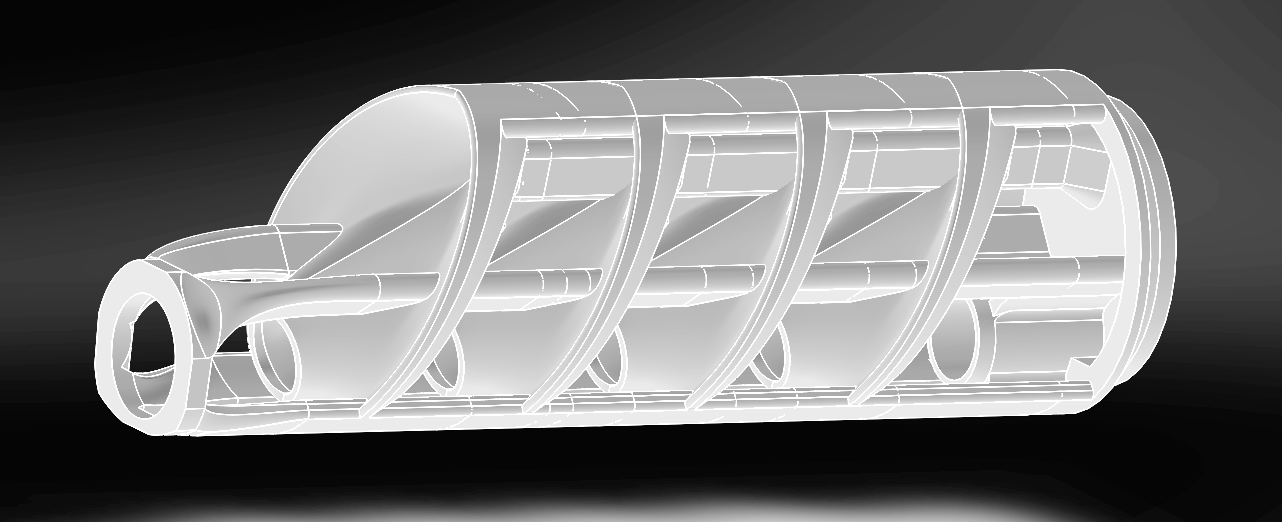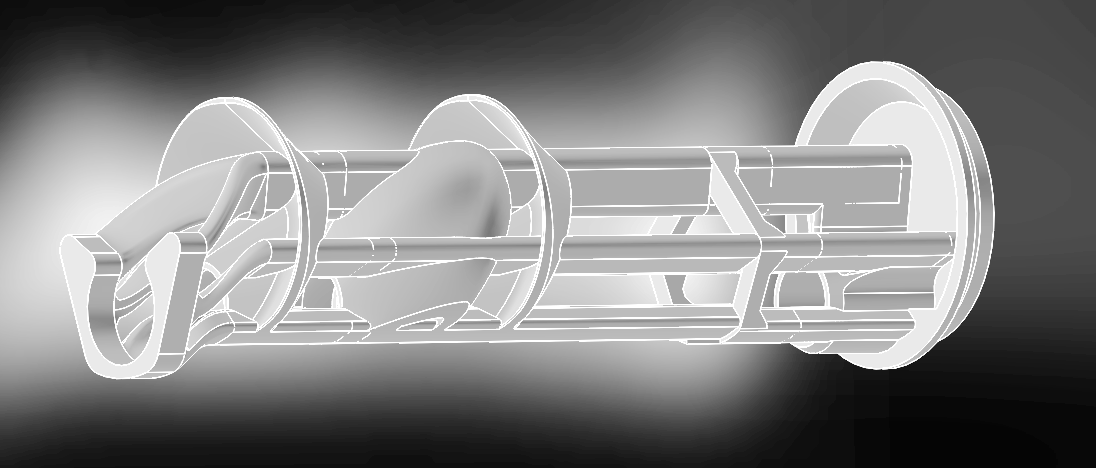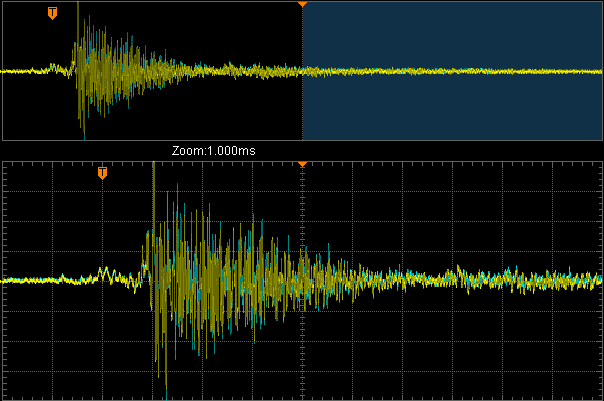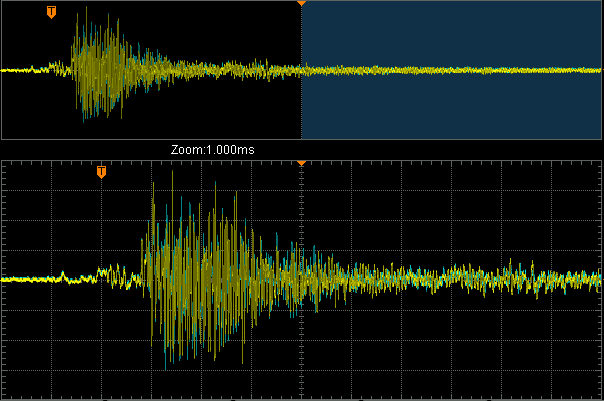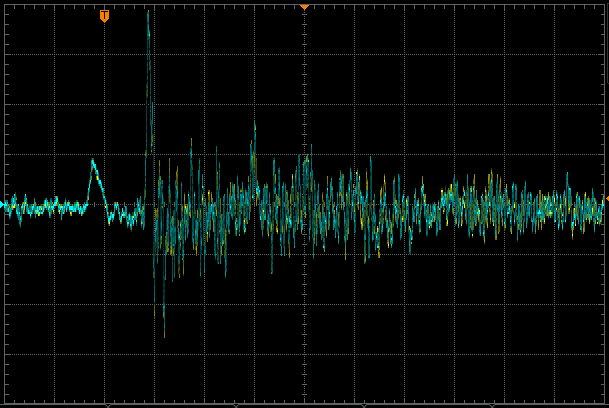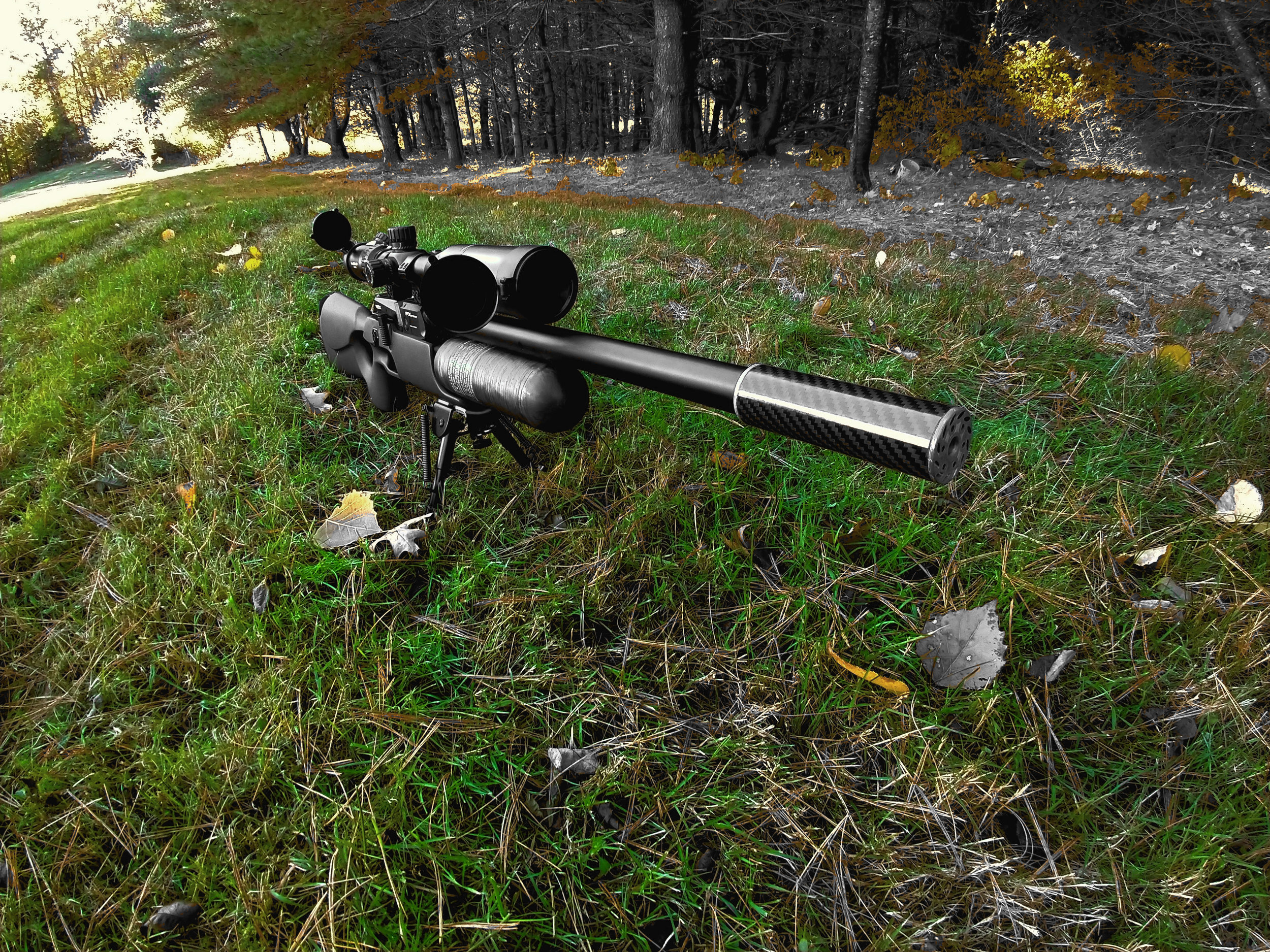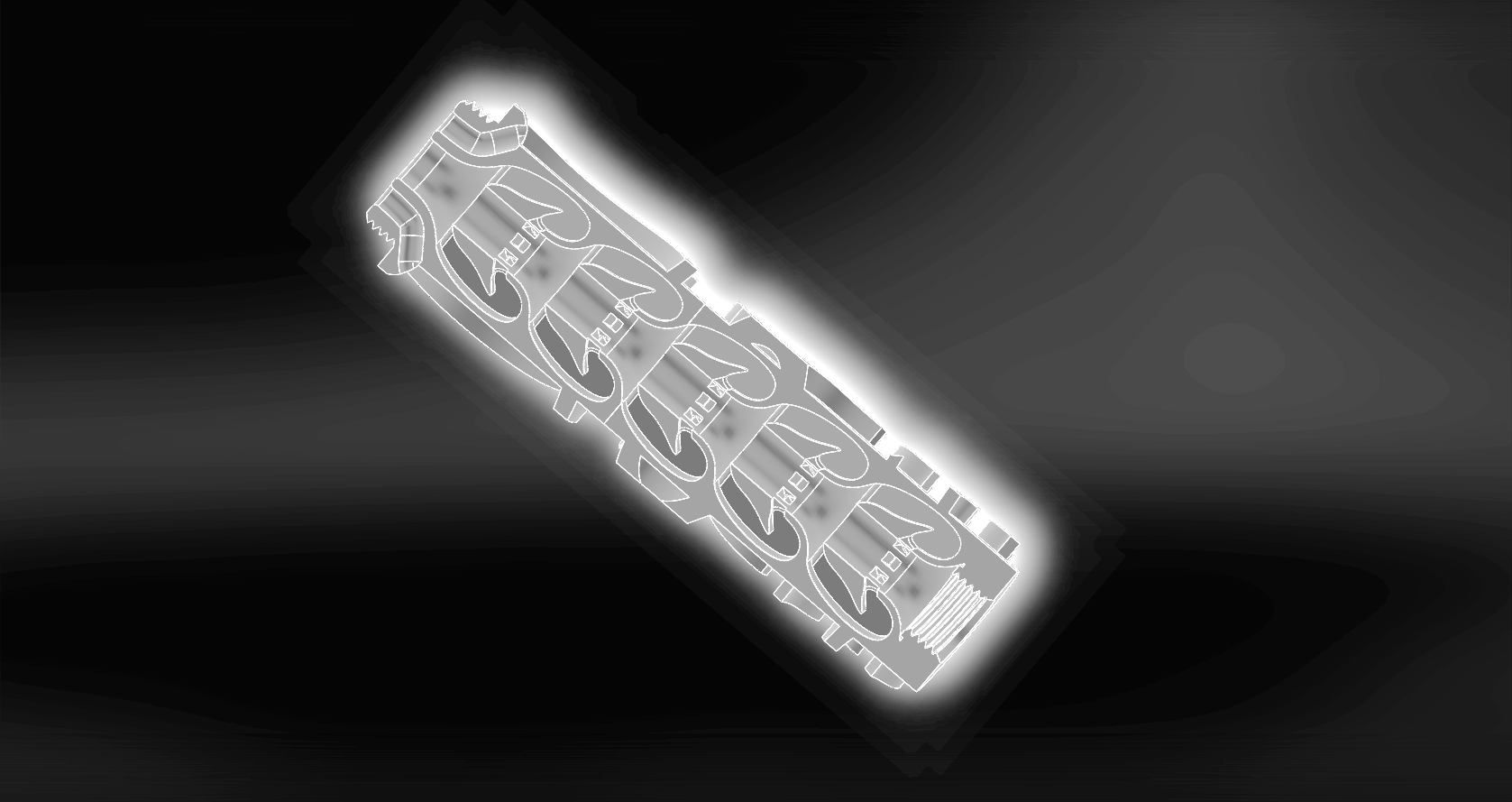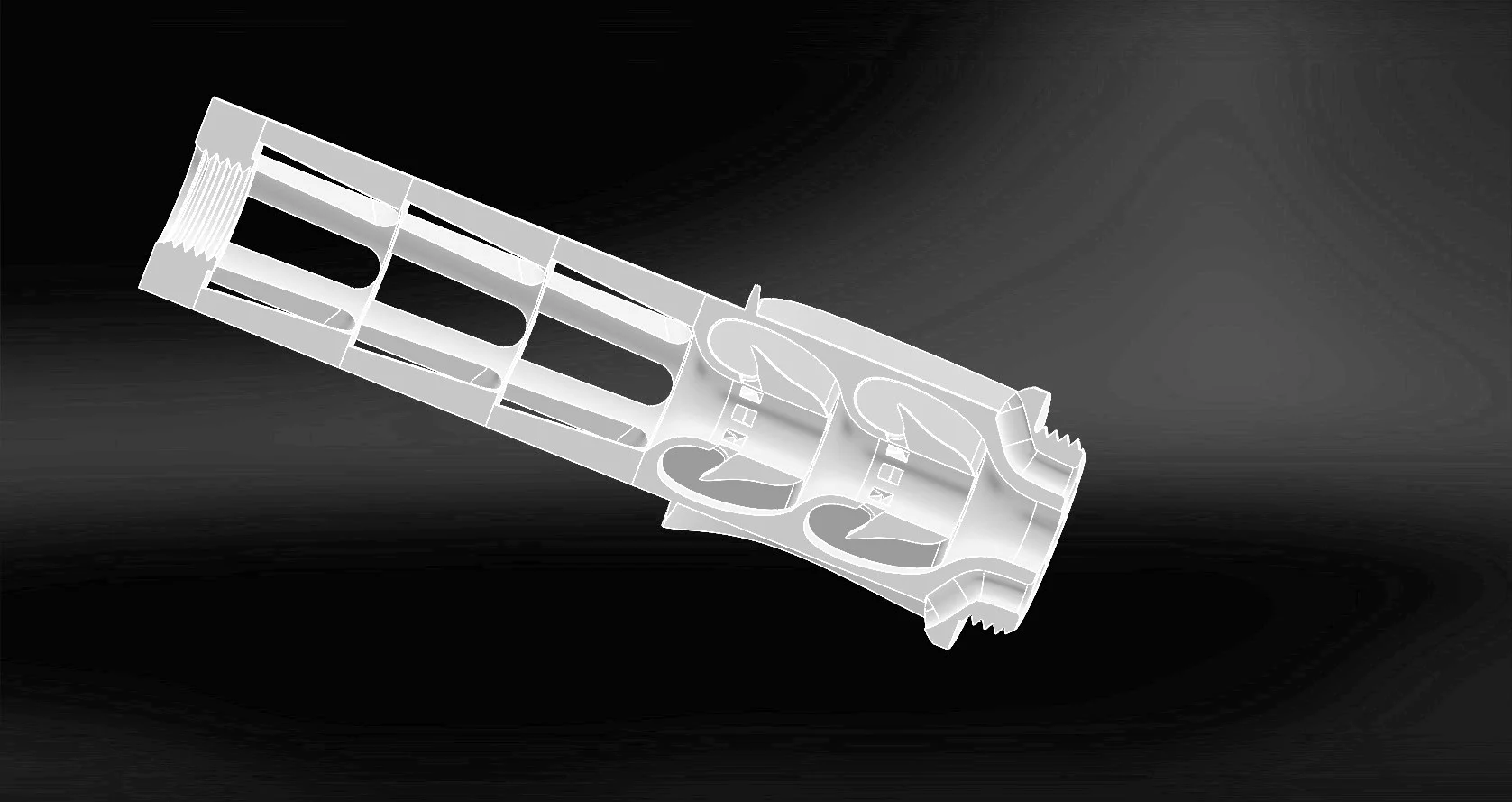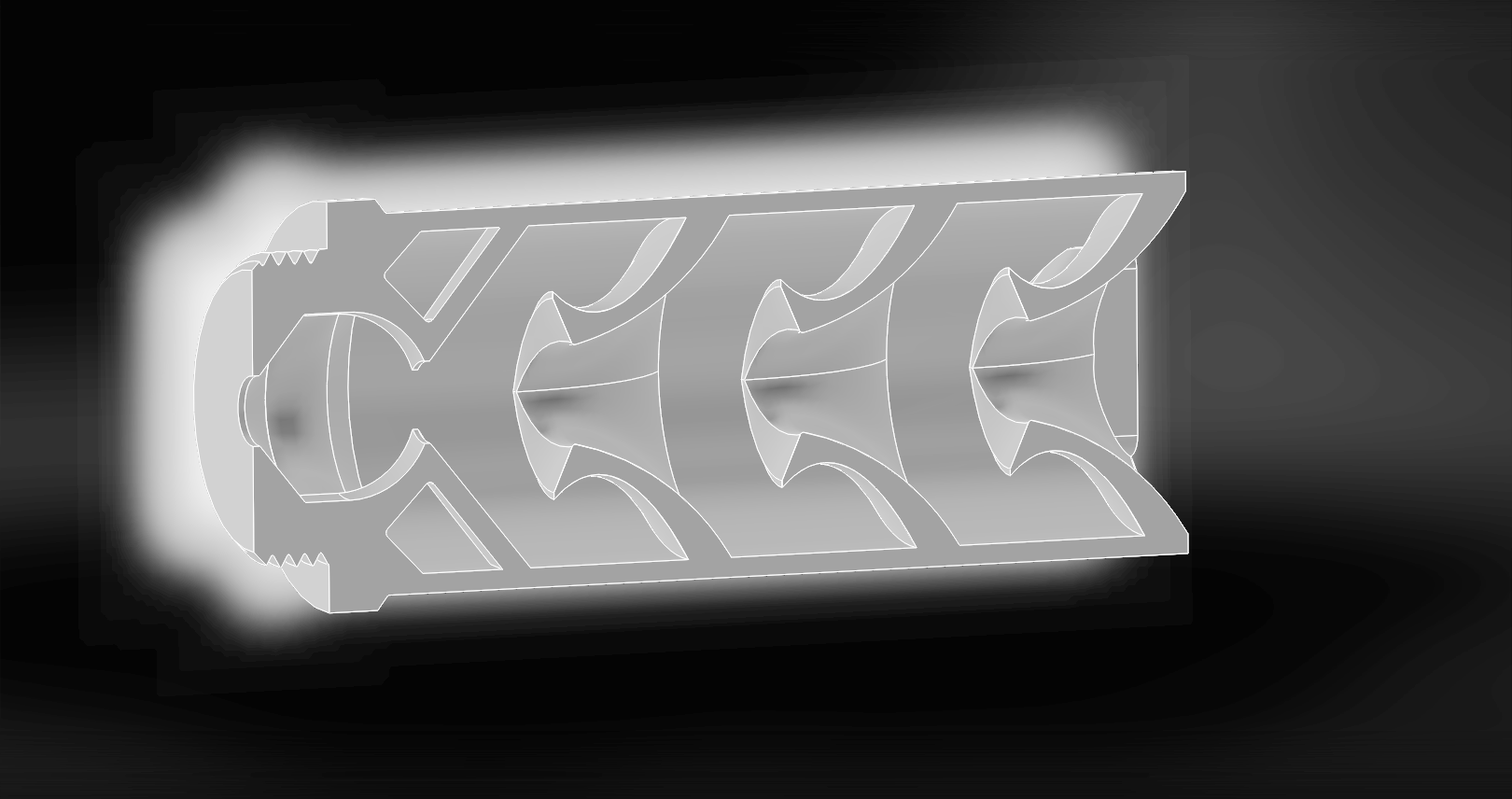A goal of the “big test” series is to provide an ongoing reference to the performance of different moderators at different flow levels. Moderators will be added and charts will be updated periodically however the majority of the text will not be. If you have a moderator you’re curious about, please feel free to get in touch, we’re happy to test it and add an entry below so everyone can benefit. The test series are linked below:
Standard flow - FX Crown .22 shrouded producing 32 foot pounds. Flow Factor 460
Moderate flow - FX Crown .30 shrouded producing 80 foot pounds. Flow Factor 1,111
High flow - FX Dreamline .30 unshrouded producing 87 foot pounds. Flow Factor 6,500
If you missed it, you can catch part 4 here.
First off is an immense thank you to the half dozen or so trusting souls who sent me, a total stranger, what I have to imagine is well over a grand worth of airgun moderators. You guys are the heroes of this story as far as I'm concerned. Don't be shy to sound off if you want to take some public karma, but out of respect for your privacy and a potential desire to avoid any backlash I've intentionally avoided publicly naming any of you.
So I want to preface this with a dozen different points before diving into the meat of things. I also want to summarize the test protocol, add a few important caveats, and generally reiterate a few things. Feel free to skip this section if you just want the results, but if you have questions you might want to revisit this section before asking because I might just have already covered it. ;)
One of my best friends is SUPER into this, and when he heard that I was getting together other moderators he insisted on getting involved. I think it was something more along the lines of “your design sucks, you have no idea what you're doing, I can beat you at this.” The two of us spent a weekend in an incredibly crappy and hastily thrown together anechoic chamber (which really wasn't) rapid-prototyping, testing, eating cold pizza, arguing, tweaking designs, accusing the other of stealing ideas, rinse, repeat, etc., ad nauseum. By the time the weekend was over we'd both eaten some humble pie, learned a lot, tipped a few sacred cows (both our own and other people's), and improved moderator performance beyond what either of us had thought possible. (and it was a lot compared to my previous design) All of this was still done within my original 35x120mm envelope, which is cursedly small in terms of trying to cram things in, but means revisions can be cracked out much faster than a larger design...... and believe me, I know, because after this was done, for the sake of humor, I scaled the design up just to see what'd happen. It doesn't really stand to reason that a good small design would scale to a big one, but at least some of the principles you'd assume would be maintained..... right?
Next bullet point I want to make is that nobody has paid me a penny to test any of these designs, nor were any of them sent by the manufacturer, at least not to my knowledge. I also don't have a bone to pick with any company that manufacturers moderators. My subjective qualitative observations on cans, both sound and manufacturer design/quality, are based nothing other than my own eyeballs and earballs. Take them for what little they're worth, which is to say the deranged ramblings of some random guy on the internets.
Accuracy vs. precision is something that came up in an unfortunately contentious manner in another thread. Without intending to upset anyone, this discussion helped me put my finger on something I wanted to say about the test equipment I'm using to do this work. To define the two terms with an analogy, an accurate gun is one which will put the rounds around the bullseye, while a precise one may put the rounds nowhere near the point of aim, but it puts them all together in a close group. The reason why the numbers I list aren't in decibels is because I can measure the sound with a good level of precision, however I'm unsure of the accuracy therefore do not want to mislead by claiming the center of the target is somewhere that it is not. Each data sampling is actually done on multiple simultaneous pickups. You can see these as different colors in each image. This acts as a check on every single shot, if the two pickups disagree (rare) something clearly went wrong and I just repeat that shot. And there are multiple shots taken (five) for each test. In this way every shot is double-checked, and is an average of an average. All this, plus a little knowledge of the system, gives me a good confidence interval on the precision of the data recorded.
The subjective ear is a tricky thing. I can empirically say which moderator is louder or quieter at it's peak, and this is the standard in the firearm suppressor industry, however this alone is NOT a strictly accurate reflection of how a person will perceive the loudness of the moderator or firearm suppressor for that matter. Particularly at close range, moderators with a lower peak but which produce more noise subsequent may sound louder. Different frequencies will also sound louder, and which frequencies these are will vary between people. This is part of why I feel it is so important to post an image of the sound profile, it gives a more complete glimpse into what the moderator is doing. To the greatest extent reasonable I've striven to blind myself while doing this testing, so I can write my thoughts on how I think each moderator sounded before diving into the numbers and sound profiles. It is an imperfect way of doing things, but I also consider my subjective observations to be secondary to the hard data.
Something brought up by another member is frequency, and that this frequency will change with moderator volume. Each vertical line represents a millisecond, so you're all welcome to do a little napkin math and see how you think the predominant frequency changes between moderators. I've not correlated any of this to perception, so what exactly it means is hard to say. Obviously there are multiple frequencies going on here, and the visible snapshot is quite short.
I expect, but have no data to support, that there may be differing relative performance between moderators on different hosts. Why? Because of the differing nature of the volume of air and sound they produce. A very small sound-damping focused moderator may perform very well on a low output target gun, better than a really really big high power moderator. But you wouldn't expect that tiny moderator to still be better if you put it on an Airforce Texan right? What is important here is that both moderators will be louder than before, but their relative positions of which is less loud will likely have changed. At this point it is purely a thought experiment, because I don't have a vastly more powerful airgun to test. It is also worth noting though that all the moderators here are made for small-bore use (being defined as sub-100 foot pounds and .30 caliber or less) and most attach via 1/2-20UNF. My host, an FX Crown, is running about 32 foot pounds in this test. This puts it in roughly the same power class as almost all use cases for these moderators. Even if we take the “extreme” end of the spectrum, such as an FX Wildcat II .30 cal with its 700mm barrel, that only puts out 69 foot pounds (ref. Utah Airguns' product listing). Or, put another way, if you look at a Utah Airguns caliber chart on the FX ImpactX page, you'll see the comparative shot count between 22, 25, and 30 caliber. The 30s seem to run about half the shot count of the 22s, suggesting twice the air consumption. I would therefore put those in roughly the same ballpark, as opposed to “big bores” which may output an order of magnitude greater air. Looking at the forums we mostly seem to be shooting 22s and 25s, which are maybe 25% different in terms of air consumption, not really that dissimilar and so I would expect to perform reasonably similar on these moderators, assuming an otherwise comparable host/mount. (most airguns are shrouded these days) I hope that reasoning makes sense to people, and to be clear I do NOT have test data to prove it, these are just my meandering thoughts on the subject.
Aesthetic nitpicking is something I'm going to do for some of these moderators, not because I believe in it, but because some people really care about these things. I personally tend to be pretty happy with form follows function, and would rather get performance over beauty, however I can also very much understand why you want your 250$ moderator to look perfectly at home on your 2500$ Daystate. To that end, I go through and nitpick finishing of both the internals and externals of some of these designs. Please don't think I'm innately this anal-retentive about these moderators, as I could largely care less, but for those who want to know, I strive to answer. If you don't like the aesthetic nitpicks, I'm actually inclined to agree with you, so just skip the first paragraph of every section.

